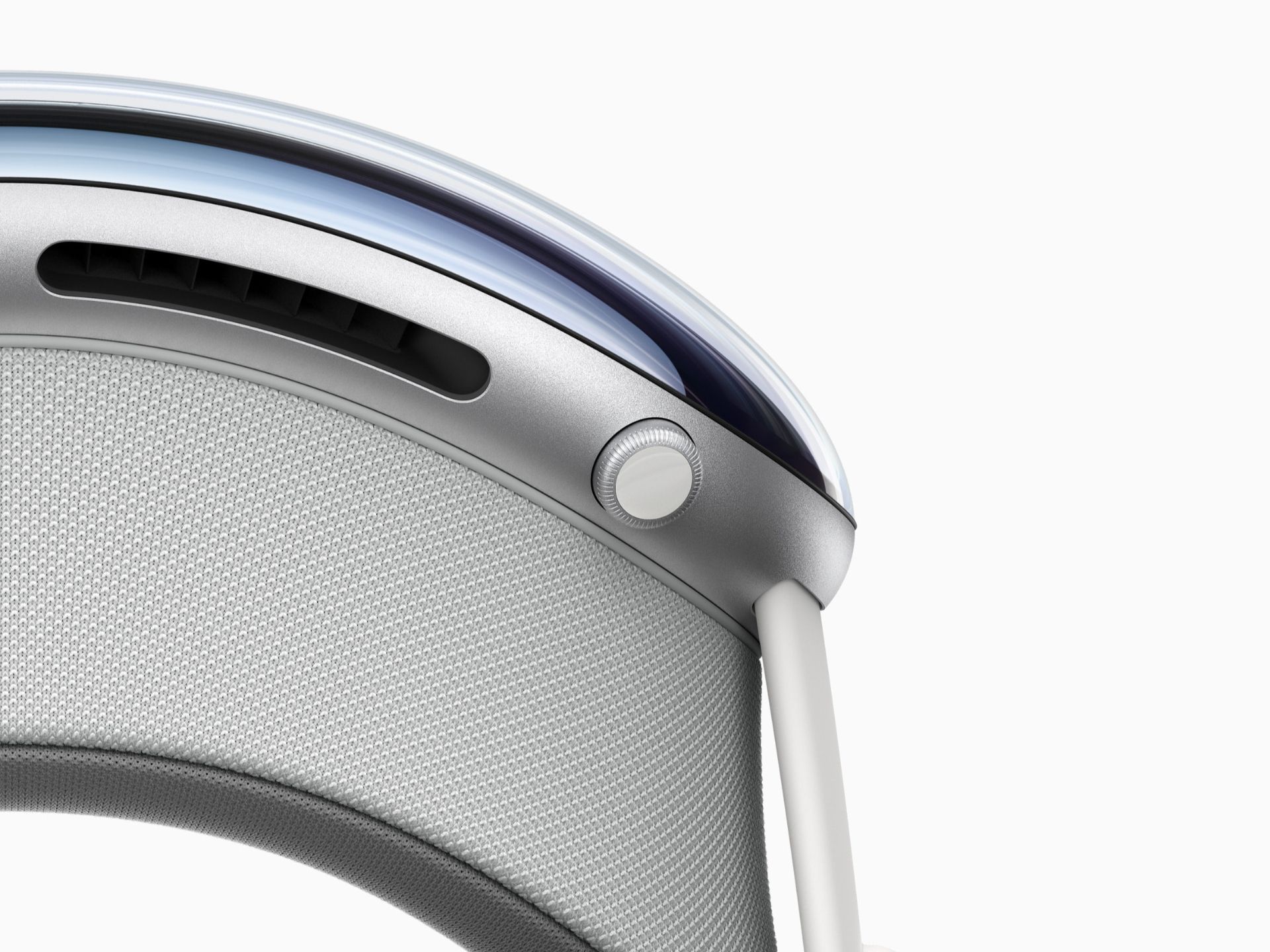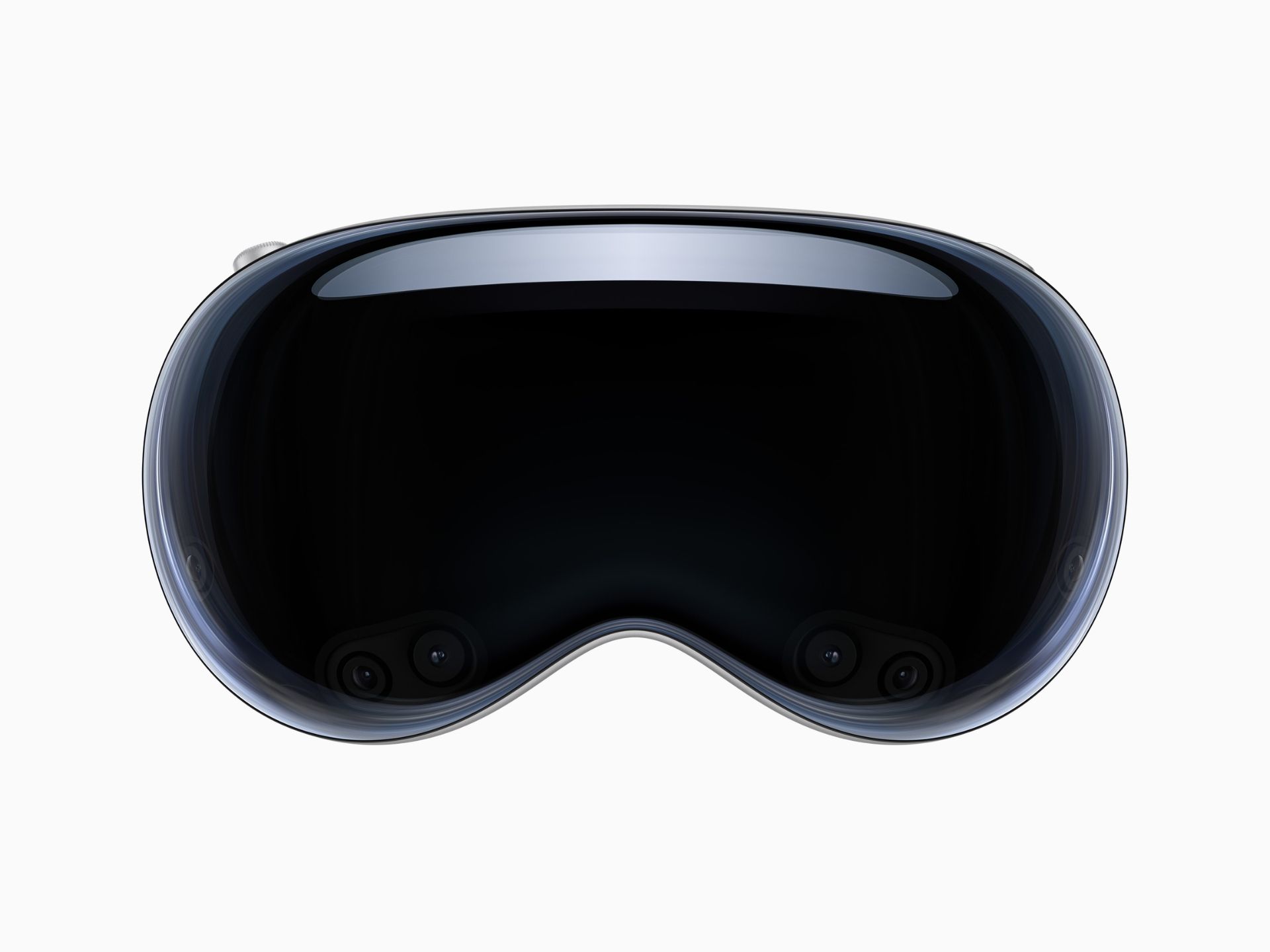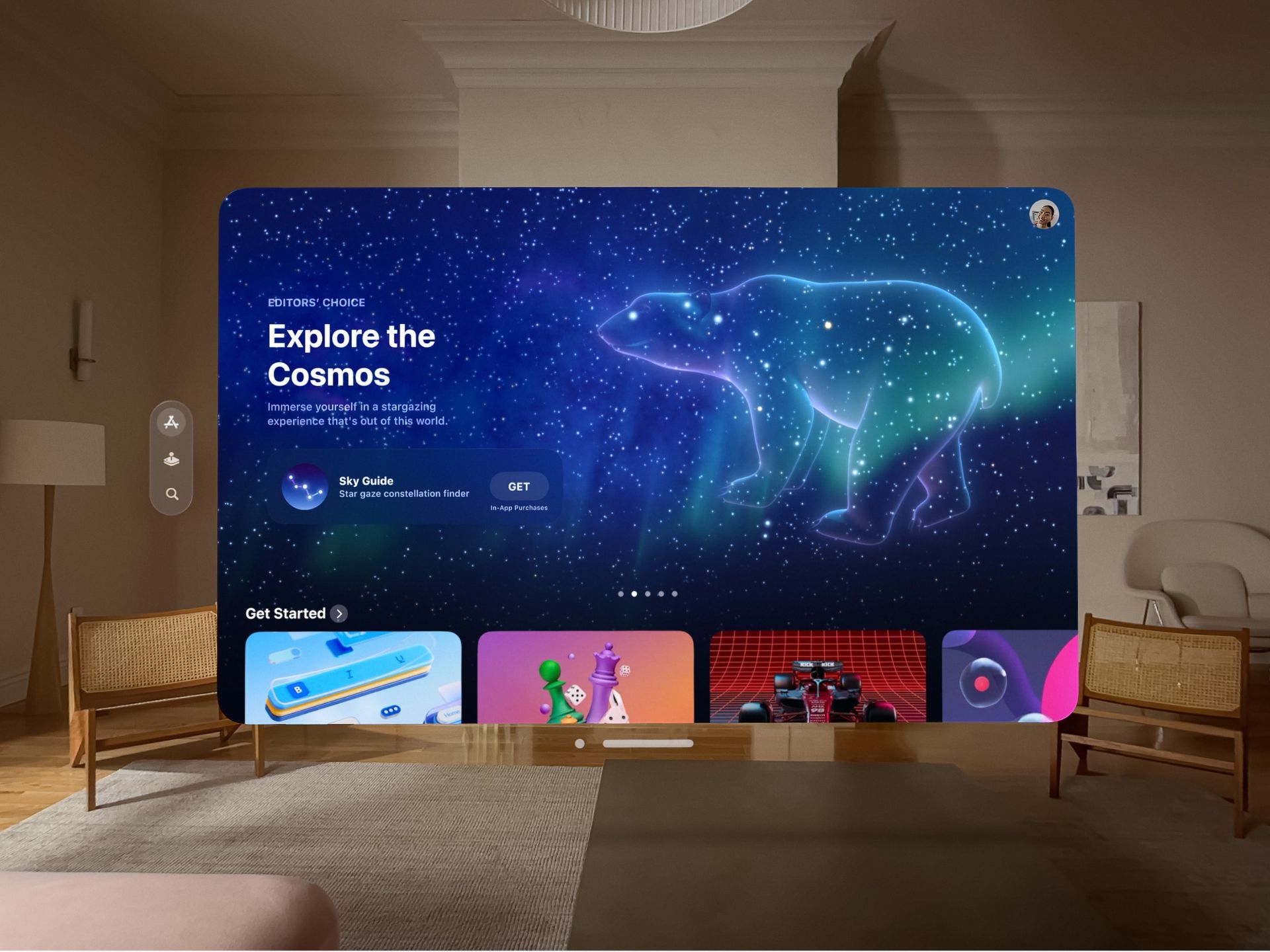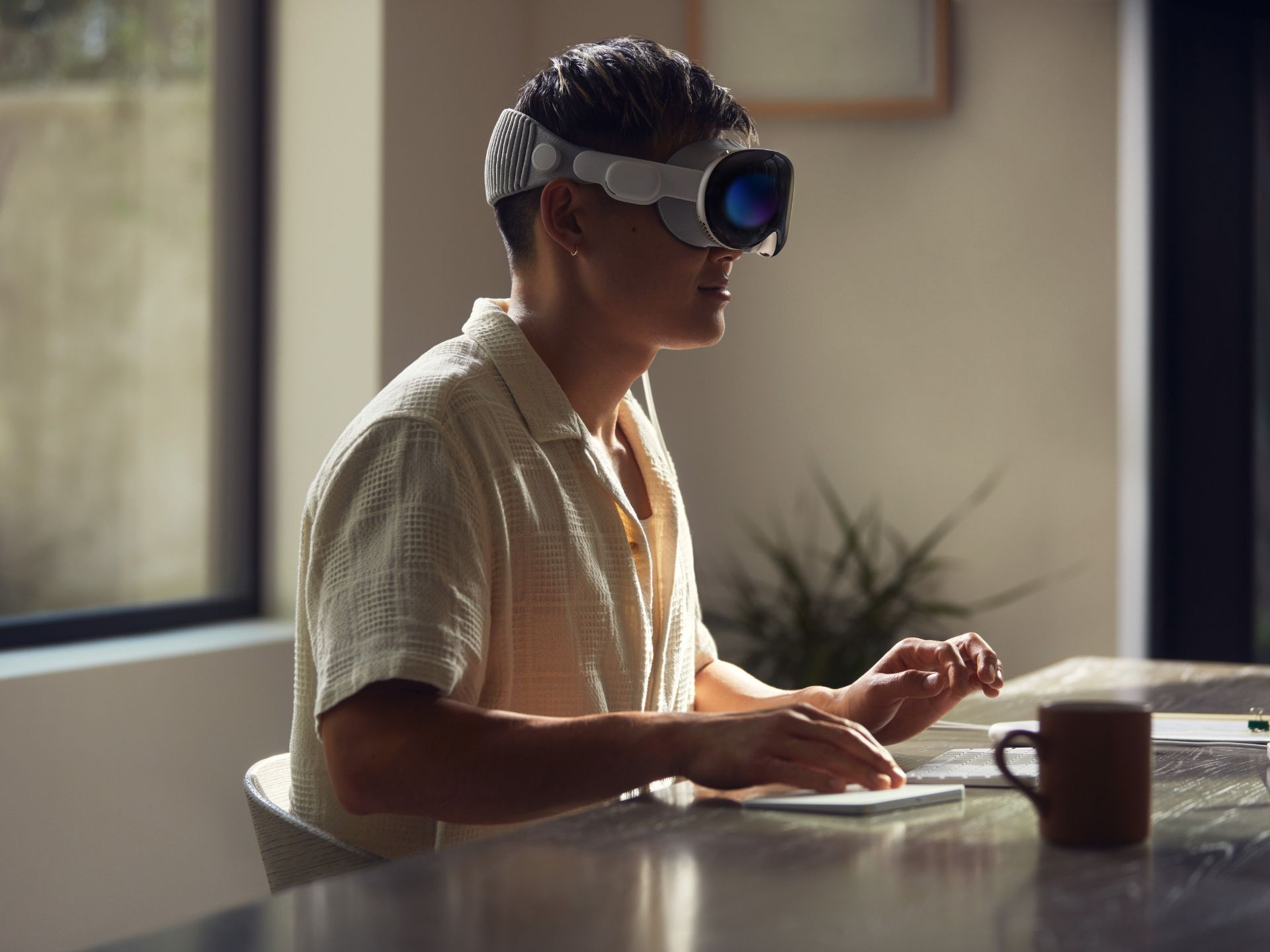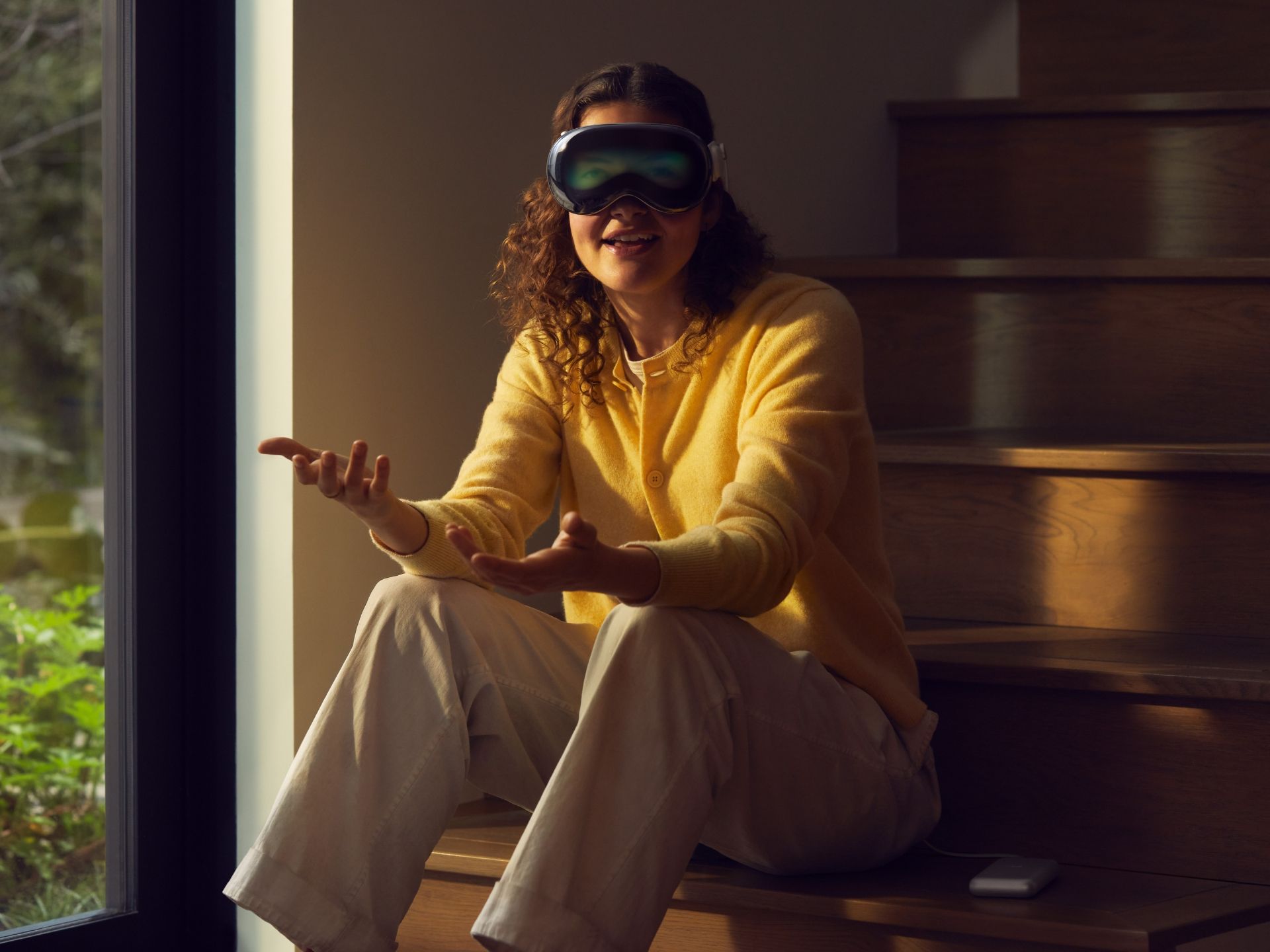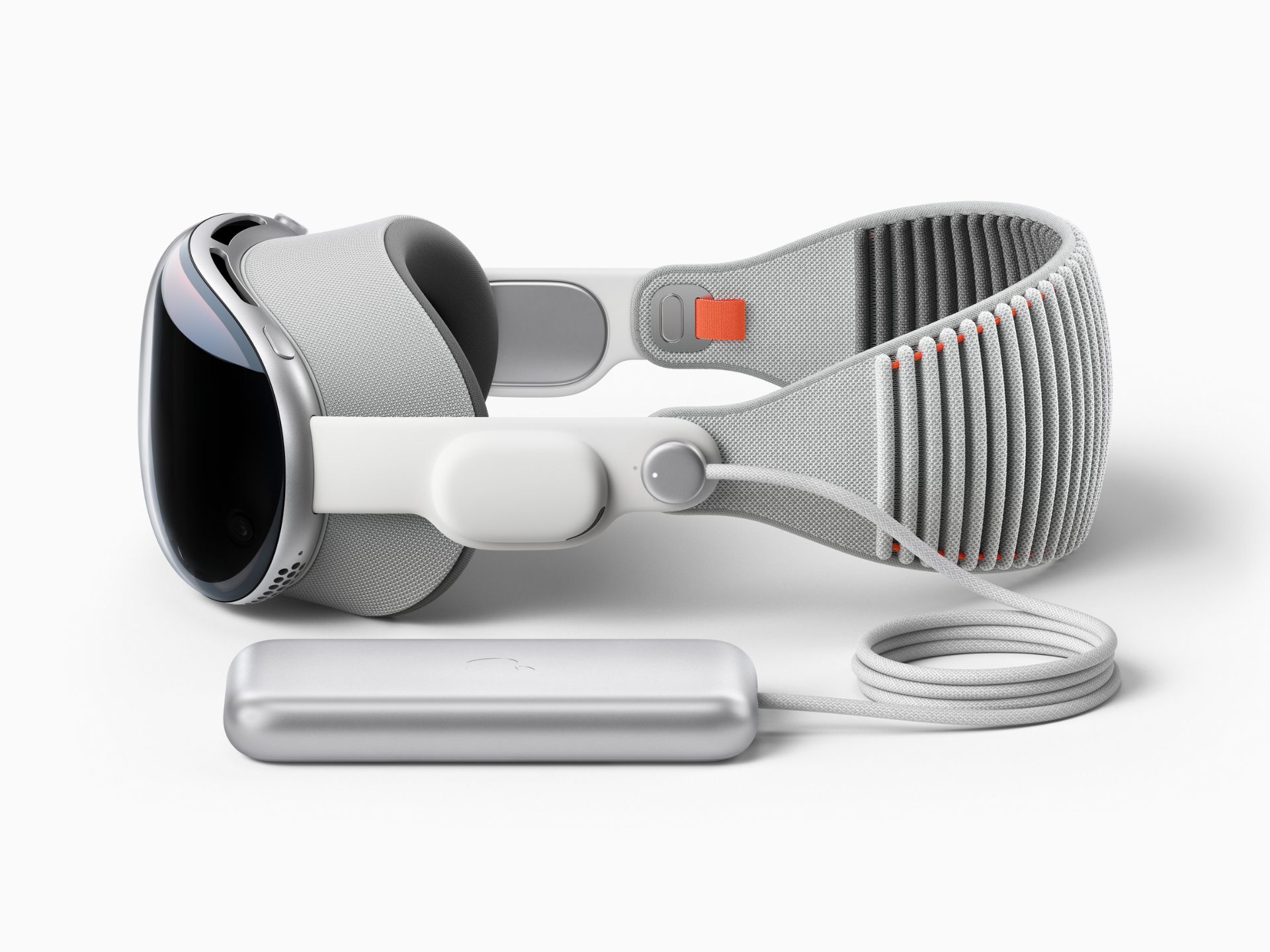Here’s all you need to know
At WWDC 2023, after giving some airtime to new Mac hardware and announcing the changes that arrived with iOS 17, and its other operating systems, Apple introduced the Vision Pro headset.
The Apple Vision Pro, as the company describes it, is a revolutionary spatial device that blends digital content with the world around you, giving you access to a large canvas with lots of potential. Here, we will dive into everything we know about this headset, which will soon make its way to the market.
Update: What’s the latest scoop on Apple Vision Pro?
With the Apple Vision Pro headset launch nearing by the day, we’re seeing more news surrounding its general availability, in-store experience, and other features. In the latest updates, reports from CNET, Inverse, TechRadar, and others tell us how Spatial Video — which you can record on iPhone 15 Pro devices running iOS 17.2 — translates when viewed on the headset. The overall impressions from the press are yet again positive, further building our excitement for when the device becomes publicly available.
As for availability, Bloomberg’s Mark Gurman — via his Power On newsletter — hints at a March 2024 launch, a delay from the initially expected January 2024 launch date, and touches upon how Apple is scheduling training seminars for its retail employees to dictate the Vision Pro buying experience.
Nevertheless, the Apple Vision Pro headset launch is inching closer, and we can’t wait to see what experiences it entails.
Price and availability
Apple Vision Pro will cost $3,499 and will be available sometime in 2024 — Apple states early next year as the launch date — via its official website and at Apple Stores across the United States. Apple will share availability information for other countries at a later date.
Headset Hardware
During the keynote, Apple mentioned the development of the Vision Pro headset had them filing 5,000 patents. So, it’s guaranteed there’s some incredible hardware involved in the working of this device. We’ll break it down into bite-sized blocks to help you understand more. Starting with the main module that contains the brains of the system and its displays.
Design-wise, the headset features a lot of cues from the iPhone and Apple Watch. Along the top you’ll find the Top Button, Digital Crown and vents. The Top Button lets you capture images from the cameras on the headset, while the Digital Crown is used to adjust the amount of immersion you have active and bring up the Home menu for the new operating system with a press. Along the bottom, it features additional holes that look like speakers alongside more cameras.
On the sides of the headset is where a part of the headband construction is set, and the fabric headband strap latches into this extension. You will then be able to adjust it per your needs. As for the part coming out of the headset itself, it has these audio drivers built into it, which deliver spatial audio to your ears, and others can hear the audio unless you choose to pair AirPods with your Vision Pro.
Coming to the front of the headset, you’ll find a piece of glass that seamlessly merges into the aluminum enclosure. It features six other cameras on the outside side and an OLED display that can show a preview of your eyes — captured by the cameras on the inner side — or a solid array of colors to indicate you’re immersed in viewing content.
Lastly, on the inside are two high-resolution displays with a pixel count of over 23 million (spread across the two) that ensures a high level of sharpness and detail. The screen can feel 100 feet wide and has an effective resolution that’s greater than 4K for each eye. Also, there are lenses built by ZEISS for the headset — which attach magnetically — that will help users with prescription glasses also enjoy the experience with proper visuals.
Operating System: visionOS
It’s certain that one of the primary reasons behind Apple choosing to unveil the Vision Pro at WWDC 2023, almost an entire year before its launch into the market, is because it wanted to showcase the possible use cases and give developers a chance to come up with applications for visionOS that can make the most of the powerful hardware.
And yes, you read that right, visionOS. That’s what Apple is calling its new operating system. At first glance, it’s clear that there is a feeling of continuity between the software experience you’ll use on the Vision Pro and other Apple hardware. It showed off how the Vision Pro can connect with your Mac, displaying a 4K virtual display for you to work on!
Also, as mentioned earlier, there’s EyeSight, which will make it seem like the Vision Pro is transparent from the front, allowing you to see the person in front of you and them to see a digital representation of your eyes.
Apple is also promoting the use of Vision Pro in professional settings and if you ever find yourself in a conference call via FaceTime you can show your face to others via Persona, a digital representation that’s created the first time you use Vision Pro.
Controlling Apple Vision Pro
Coming to controlling Vision Pro, the entire system works with the help of eye-tracking and hand-tracking. The former helps pinpoint the areas you want to interact within the virtual space, while the latter will confirm actions via a pinch gesture. You can even flick your wrist to scroll through the interface and fall back onto dictation if necessary. Apart from this, you will be able to connect peripherals to the headset.
Processing Hardware: M2 Processor and Apple R1
With all the camera hardware that’s built into the Vision Pro and the expansive space that Apple is trying to provide users to work with, processing prowess is going to be of high importance. To this end, Apple is shipping a Vision Pro-specific dual-chip system based on Apple silicon. There’s the Apple M2 processor to handle all the needs that applications may require, while the R1 processor will work with the input from the 12 cameras and microphone array.
The processing hardware also comes in handy for Optic ID, which is Apple’s take on iris scanning for biometric authentication.
Battery Performance
Lastly, we’ll touch upon the battery performance the Vision Pro is promising. As the rumors hinted, the headset will need a wired connection to function at all times, though you can use it on the go by unplugging the battery from the wall plug.
The battery on its own can provide power for about two hours while leaving it connected to the wall via its USB-C port will have you set for indefinite use.
Apple Vision Pro is an exciting new start!
All in all, the Apple Vision Pro is lining up to be an exciting device; while most of its primary use cases aren’t entirely new and the drawback of poor battery life is apparent, the Apple aspect means it will have a level of ecosystem connectivity and polish that’s hard for its competition to match. And if any of the early impressions are to be believed the experience of using one is worth it, and we can’t wait to see what types of applications make their way to the platform.
Other hardware announced at WWDC 2023
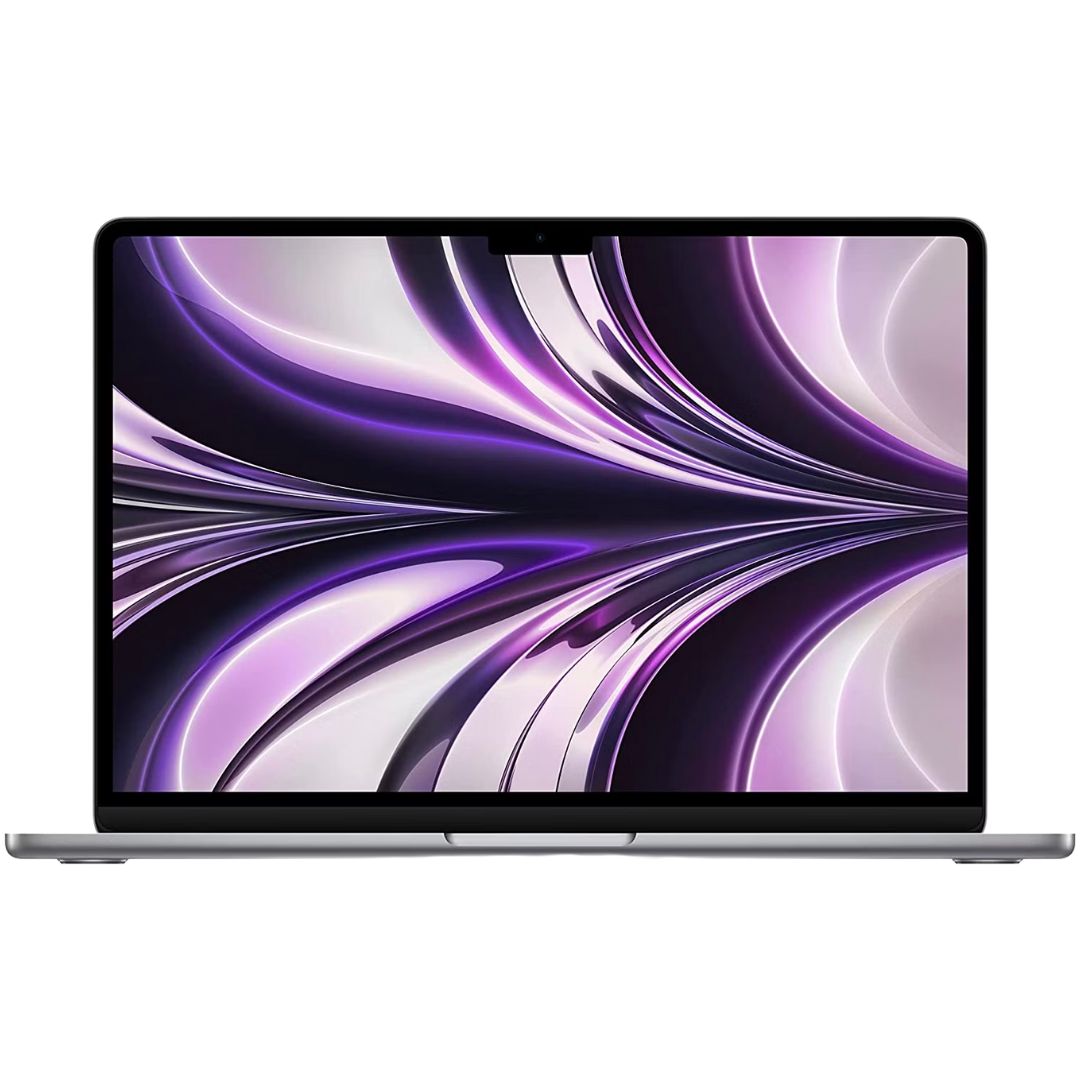
MacBook Air M2
$1000 $1099 Save $99
The latest MacBook Air is powered by the M2 Apple Silicon, offering even better performance than the M1 series of chips. It comes with an all-new design similar to the new MacBook Pro models, fast internal memory, excellent battery life, and an Apple M2 chipset that provides all the performance you need for multitasking, editing, and working on-the-go.
Source link

